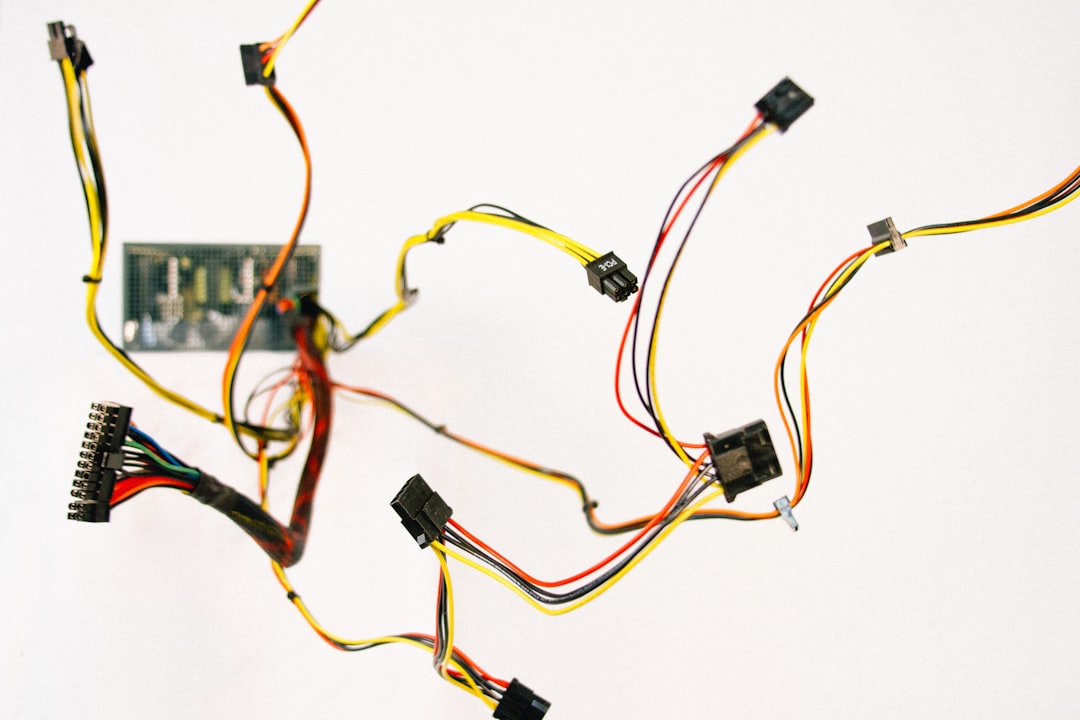100-Ohm Resistor: Color Code & Uses
The 100-ohm resistor is one of the most commonly used passive components in electronic circuits. Appropriate for both beginners and experts alike, it serves a broad array of functions from limiting current to managing voltage drops. Understanding its color code and practical uses helps hobbyists, students, and engineers choose the right component for their designs.
TL;DR (Too Long; Didn’t Read)
Table of Contents
The 100-ohm resistor is a standard resistor commonly used to limit current, protect components, and set biasing levels in circuits. Its color code is Brown, Black, Brown, and Gold (or another tolerance band). Due to its moderate resistance, it offers a balance between current limitation and energy efficiency. It appears in many applications, including LED circuits, pull-up/pull-down configurations, and analog systems.
What Is a 100-Ohm Resistor?
A 100-ohm resistor is a passive electronic component that restricts the flow of electric current to a specific value measured in ohms (Ω). In this case, it provides 100 ohms of resistance. Resistors are fundamental elements in nearly all electronic circuits and are often used to:
- Limit the current flowing through a circuit element
- Divide voltages in voltage divider configurations
- Control gain in amplifiers
- Act as pull-up or pull-down resistors in digital electronics
This particular resistor value is frequently chosen due to its usefulness in common scenarios where neither too low nor too high resistance is desired.
100-Ohm Resistor Color Code
Color bands on resistors indicate their resistance value, tolerance, and sometimes other parameters like temperature coefficient. The 100-ohm resistor typically uses a 4-band color code. Here’s how to identify one:
- 1st Band (Brown): 1 (first digit)
- 2nd Band (Black): 0 (second digit)
- 3rd Band (Brown): Multiplier of 101
- 4th Band (Gold): ±5% tolerance
So, Brown-Black-Brown-Gold translates to 10 × 10 = 100 ohms with ±5% tolerance.

In some cases, this resistor may have a 5-band code, especially if it is a precision type. In that scenario, the bands would be:
- 1st Band: Brown (1)
- 2nd Band: Black (0)
- 3rd Band: Black (0)
- 4th Band: Brown (multiplier ×10)
- 5th Band: Tolerance (can vary)
This still computes to 100 ohms but may offer a tighter tolerance like ±1% or ±2%, depending on the application’s demand for precision.
Key Uses of a 100-Ohm Resistor
The versatility of a 100-ohm resistor makes it an essential component in many types of electronic circuits. Below are some of the most common use cases:
1. Current Limiting
This resistor is frequently placed in series with LEDs to limit current and prevent burnout. Because LEDs typically require ~20mA of current, a 100-ohm resistor works well with a 5V supply to maintain an ideal operating condition.
2. Signal Conditioning
100-ohm resistors are often used in analog circuits to filter or dampen noise, especially when combined with capacitors in RC (resistor-capacitor) filters.
3. Termination Resistors
In communication buses such as RS-485 or CAN, 100-ohm resistors closely match the characteristic impedance of the transmission line. This helps preserve signal integrity by preventing reflections.
4. Pull-Up and Pull-Down Resistors
In digital circuits, a 100-ohm resistor can be used to pull a signal line to a high or low logic level when the line would otherwise float. This ensures predictable behavior.
5. Voltage Divider Circuits
Used in combination with other resistors, a 100-ohm resistor can be applied in voltage divider circuits to scale voltage levels down for analog-to-digital conversion or similar tasks.

Technical Considerations
While the resistance value is the key feature, other attributes must also be considered when selecting a 100-ohm resistor for a project:
- Power Rating: Most common ratings are 1/4 W, 1/2 W, and occasionally higher. More power is needed when handling larger currents.
- Tolerance: Refers to how much the actual resistance can vary from the labeled value. Options usually range from ±1% to ±10%.
- Temperature Coefficient: Indicates how the resistance changes with temperature. Precision applications might need low coefficients.
- Material Type: Carbon film, metal film, and wire-wound are common. Metal film types offer better stability and lower noise.
Where to Buy 100-Ohm Resistors
100-ohm resistors are readily available in large quantities from electronic retailers. Popular online platforms like:
- Digi-Key
- Mouser Electronics
- Amazon
- AliExpress
- Local electronics hobby stores
They are often sold individually, in kits, or as part of assortments for hobbyists who want a wide range of resistor values.
Common Mistakes and Best Practices
When using a 100-ohm resistor, it’s important to avoid typical pitfalls that can lead to circuit failure or inconsistent performance:
- Ignoring power ratings: Ensure the resistor can handle the dissipated power (P = V × I or P = I²R).
- Misreading color bands: Double-check band sequences and interpretations using a resistor calculator or chart.
- Using incorrect tolerance: In sensitive analog circuits, choose resistors with tighter tolerance.
- Not considering heat dissipation: In higher power applications, verify that sufficient cooling is available.
Conclusion
Whether limiting current to an LED, terminating a high-speed data line, or creating a voltage divider, the 100-ohm resistor is a small component with a big role. By understanding its color code, technical characteristics, and various applications, electronics enthusiasts and professionals alike can effectively include it in their designs. It’s a staple in every toolbox, owing to its balanced performance, affordability, and universality across both digital and analog domains.
FAQs
- What is the color code for a 100-ohm resistor?
- Brown-Black-Brown-Gold for a standard 4-band resistor, representing 10 × 10 = 100 ohms with 5% tolerance.
- Can I use a 100-ohm resistor to protect LEDs?
- Yes, a 100-ohm resistor is commonly used in series with LEDs to limit current, especially when used with a 5V supply.
- What is the power rating I should choose for a 100-ohm resistor?
- It depends on your application. For most low-current tasks, 1/4W is sufficient. Use Ohm’s law to calculate power needs and choose accordingly.
- Are 100-ohm resistors suitable for high-frequency applications?
- Yes, especially when they match the characteristic impedance of transmission lines to serve as termination resistors in high-speed data circuits.
- Can two 200-ohm resistors in parallel substitute a 100-ohm resistor?
- Yes, two 200-ohm resistors in parallel result in 100 ohms. Use the formula 1/R = 1/R1 + 1/R2 to verify.





![What Is a SATA Cable Used For? [Guide 2025]](https://hitechweirdo.com/wp-content/uploads/2025/09/computer-power-supply-cables-are-displayed-sata-cable-types-computer-cables-data-and-power-connection-770x578.jpg)
